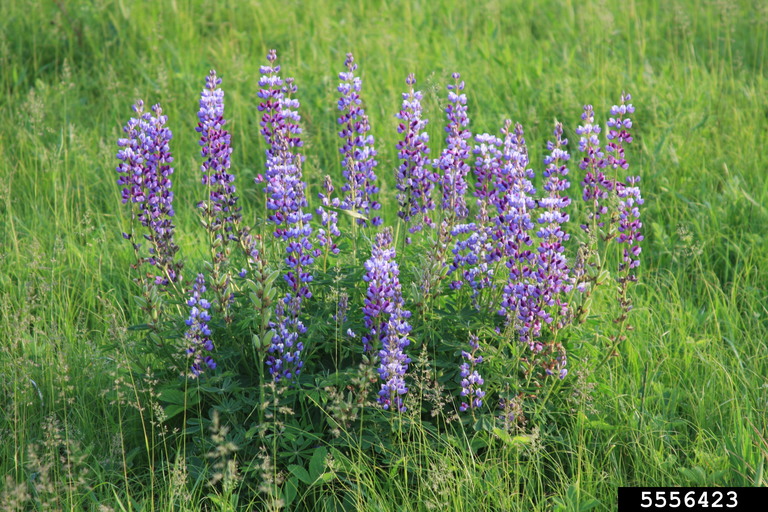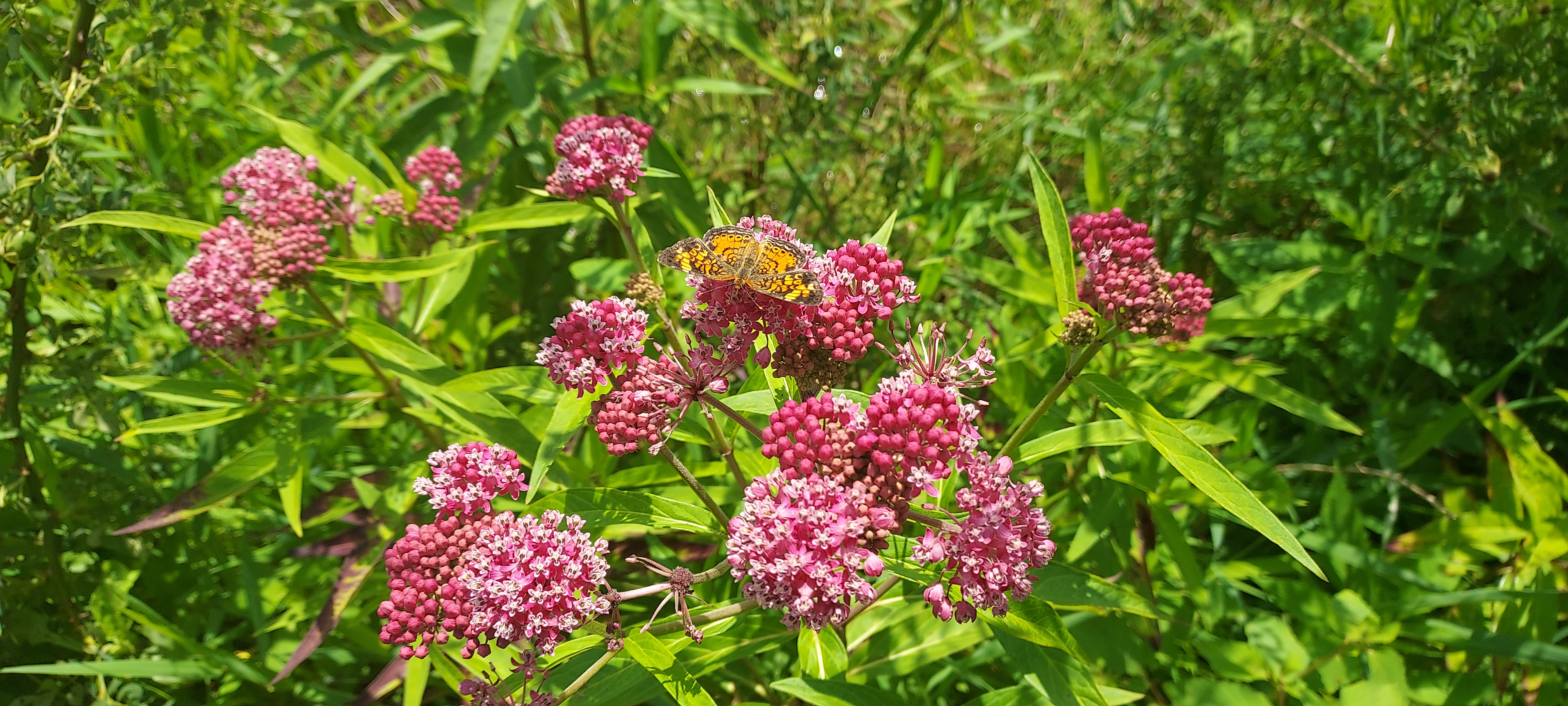Wildflowers and native plants: What’s the difference?
Not all wildflowers are native. Know the difference before you buy.

Native plants have become a passionate topic amongst gardeners in recent years. Smart gardeners have come to realize that native plants have some built-in advantages.
Many new gardeners assume that native plants and wildflowers are synonymous. They buy seed packs for wildflowers and think this is the envelope for care-free, native, plants that will come back year after year. However, the term “wildflower” is not regulated. It is largely a word used for marketing and is interpreted differently by different seed companies. A packet of wildflower seeds might have a few native plant seeds, but the vast majority of wildflower seeds are from Asia or Europe. Seeds specifically labeled “native plants” should only contain seeds of plant species native to North America or, more strictly, indigenous to a specific region or state.
Before you purchase a packet of wildflower seeds, read the package carefully. Only buy packets of seeds or seed mixes that list the contents both by the common and scientific names. If you are not familiar with the plants listed, do an internet search to find out what they are, where they are native to, and if they are problematic in your region. Many wildflower seed mixes contain plants that can be detrimental if they escape gardens, while others have plants that might negatively impact pollinators. One such example is the common garden lupine (Lupinus polyphyllus), which attracts the endangered Karner blue butterfly to lay eggs on its leaves, but once the eggs hatch, the baby caterpillars die because they cannot eat the leaves of the common lupine. Michigan gardeners should avoid planting the common lupine for this reason.

When you read the packet, pay attention to whether it says it contains annuals, biennials or perennials. The seeds may be for annuals, which means they will grow, flower and die in a single season. For example, if the pack contained cosmos and breadseed poppies, they will flower and go to seed before frost. The plants will die when the weather turns cold. Annual plants basically guarantee that you will have flowers the first year, but you will need to let them drop seeds into the garden if you want them to grow and flower in subsequent years.

The seed mix may also contain biennials, which grow but do not flower until the second year. And it may include perennials, some of which may bloom the first year, but many may not bloom until the second or third year. It’s important to understand when plants will flower and die so that you know what to expect.

Reading about the individual wildflowers and what conditions they need to grow will also help you understand if your garden is right for the seed mix. For example, many perennial seed mixes contain the native blue lupine (Lupinus perennis). Blue lupine is becoming more popular because it is the host for the previously mentioned Karner blue butterfly. Unfortunately for those gardeners with alkaline soil, the blue lupine only thrives in acidic to neutral soils. Other plants might need well drained soils to perennialize—which means gardeners with clay soils might be disappointed when they do not come back a second year. You are more likely to be successful if you choose a seed mix that is suited for your garden soils and other conditions, like sun and moisture levels.
Michigan State University Extension educators and Extension Master Gardeners are frequently asked by home gardeners about converting an area in their yard to wildflower meadows, prairies or native plant gardens. Many people ask if it is possible to establish flowers by sprinkling seeds over the grass. They are assuming the seeds will be able to reach the soil and grow strong enough overtake the lawn and kill it off. Unfortunately, it’s not that easy, and casting seeds over lawn will only lead to disappointment. Seeds cannot reach the soil because of the density of the existing grass. If herbicides have been applied to the grass, they may also have a residual effect to prevent any seeds from germinating. Native plants, either seeds or small plants, cannot compete with lawn grasses for sunlight and nutrients.
If you are planning to convert a portion of your lawn to a wildflower or native plant garden, visit the MSU Extension Pollinator Initiative website to learn more about planting for pollinators. First, remove existing grass. There are different methods of removing lawn grasses. If you decide to use an herbicide, carefully read the label to make sure it does not contain a chemical that will stay in the soil and prevent seeds from germinating.
Follow the directions on the seed packet to know how deep to plant the seeds and any other requirements. After seeding, the area needs to be watered regularly so that the seeds can germinate, put down strong roots and get established. Weed seedlings also need to be hand-pulled so that they do not take over the new planting and out-compete the desirable seeds for water, light and nutrients. Weeding garden beds that have been planted directly from seeds, opposed to those planted with plugs or larger plants, is often the biggest challenge for gardeners.
If you are thinking about starting a meadow or prairie, consider looking beyond the generic wildflowers mixes to find native plants that are appropriate for your landscape. Besides being beautiful, many native bees, butterflies and moths, depend on the native plants that they evolved with for their survival. Native plant gardens can be enjoyable on many levels as they provide food and shelter for pollinators and birds in all seasons.
For more information on a wide variety of smart gardening articles, or to find out about gardening classes and events, visit www.migarden.msu.edu.



 Print
Print Email
Email